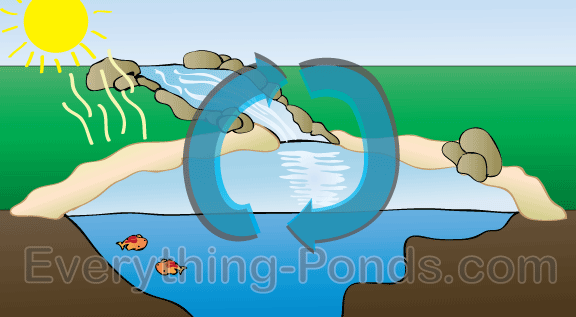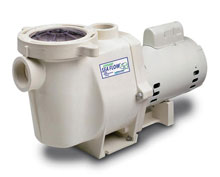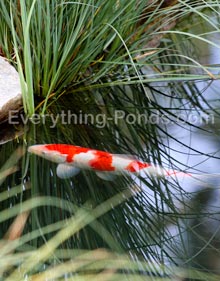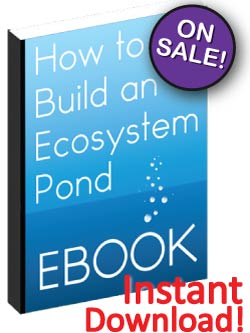
How to Maintain a Healthy Pond Ecosystem
There's quite a lot that goes into creating and maintaining a thriving pond ecosystem. In nature, there are numerous forces at work that help renew and clean water while providing nutrients to fish and plants. However, unlike a natural stream or river, which is able to constantly renew itself, a pond is a completely closed system. This essentially means that nothing gets in or out by itself. The hobby of keeping a pond involves imitating the natural forces found in nature to create a balanced pond ecosystem. The signs of a well-balanced pond include healthy fish, clear water, thriving plants, and minimal pests such as algae. Keep reading to learn about the key features and equipment that help keep a pond running smoothly.
Filtration
The driving force behind most healthy pond ecosystems is the filtration system. A good system makes use of both mechanical and biological filtration. Mechanical filters remove physical particles of various size from the water via some kind of mesh or screen. Biological filtration on the other hand cleans the water on a molecular level, converting harmful toxins like ammonia into more palatable compounds like nitrate. Without a biological filter, the ammonia levels in the water would continue to grow due to decaying organic material and fish waste, making the water inhospitable to fish and/or life. For a more in-depth description of biological filtration, including the various types available, please see our page on biological filters.

Pumps
In order to drive the filtration system mentioned above, you're going to need some kind of pump to move all that water. At a very minimum you'll want a pump that moves the entire contents of your pond every two hours. If you plan on housing koi or goldfish, then once per hour is better. Pumps come in both submersible and external varieties. For a crash course on pumping, please have a look at our page on pond pumps.
Skimmers
Skimmers are a type of mechanical filter that captures floating debris on the surface of the water before it is given a chance to sink and decay. As mentioned earlier, decaying leaves and sticks eventually produce ammonia, which is a poison to fish and certain other types of life. To read more on the topic, please see our page on skimmers.

Plants
Plants are an excellent way to boost a pond ecosystem due to the natural biological filtration they provide. Plants are able to absorb certain metals, nitrates, and ammonia from the water in addition to releasing oxygen into the air and water. Plants also use up certain nutrients in the water that would otherwise be used by string algae or single celled algae that cause green water. For more information on plants in general, please see our page on pond plants.
Sun Exposure
One of the most common problems a pond owner can face is green pond water, also known as algae bloom. Unbeknownst to some, the biggest stimulant to the single celled algae that cause green water is the sun. Just like with people, some sun exposure is a healthy thing, but too much can cause problems. For some tips on how to limit sun exposure and cure green water, please have a look at our page dedicated to green pond water.
Click Here to Return from Pond Ecosystem to Pond Maintenance

